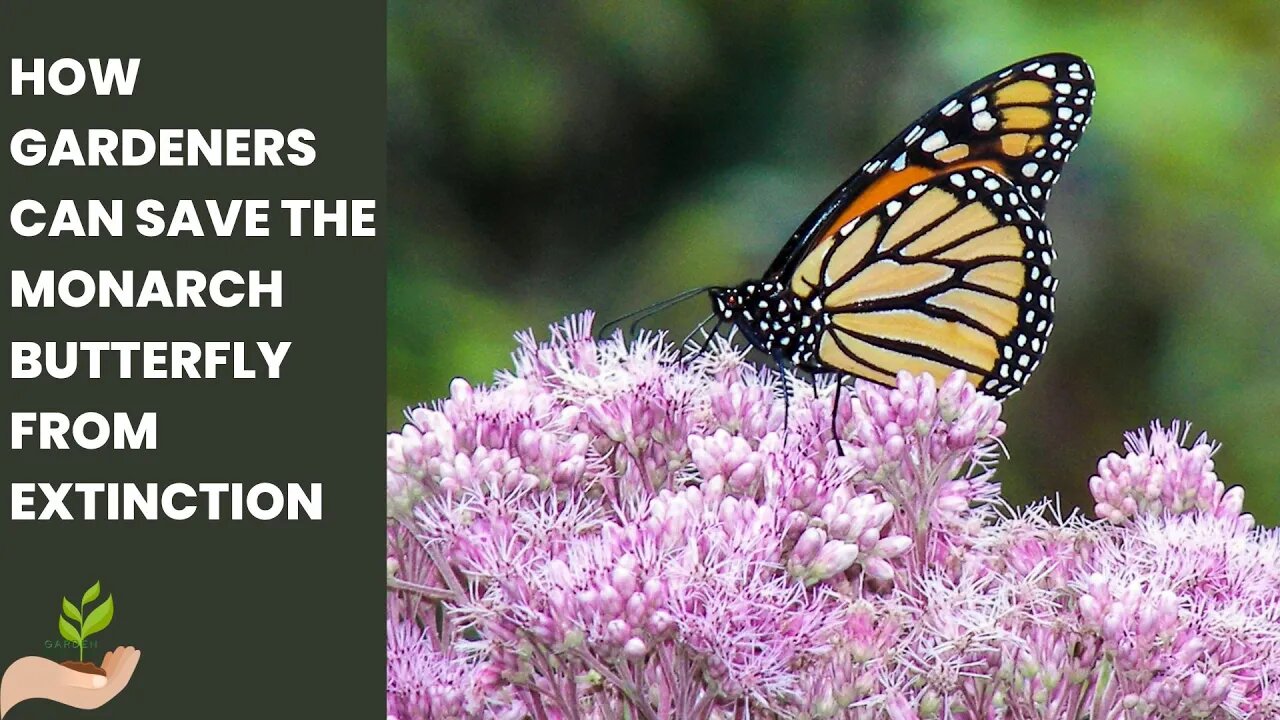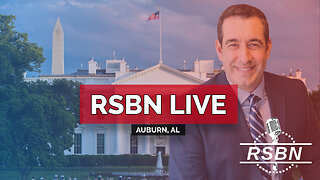Premium Only Content

Monarch Butterfly: How Gardeners Can Save Monarch Butterflies from Extinction
How Gardeners Can Save the Monarch Butterfly from Extinction.
Monarch butterflies are a threatened species. But gardeners have the power to help them back from the brink of extinction. This stunning, vibrant species, scientific name Danaus Plexippus, exists only in North America. They enjoy moderately warm temperatures, migrating from Canada to Mexico to find the perfect environment.
Unfortunately, their population is declining due to a variety of factors, including loss of habitat and the use of pesticides. But milkweed, the plant that monarchs rely on for food and shelter, is also at risk of extinction.
The destruction of milkweed poses an enormous problem, as the plant, Asclepias incarnata, is the only food source for them to feed their young.
Monarch butterflies can lay their eggs only on milkweed plants. After the caterpillars hatch, they feed on milkweed leaves. Again, we reiterate. These leaves are the only food source to nourish monarch caterpillars.
The decline of milkweed is primarily due to the loss of natural habitat and the use of herbicides and pesticides on farms, in gardens, and in development of suburban areas. These chemicals can kill milkweed and other essential food sources for adult monarchs, such as nectar-producing flowers.
How gardeners can help save the monarch butterfly from extinction.
Here are five ways you can foster monarchs.
Plant a variety of nectar and host plants that attract monarchs and other pollinator insects. Nectar plants, such as marigolds, asters, and zinnias, provide the energy required for monarchs to migrate and reproduce. Most importantly, of course, is to stop calling the milkweed a "weed" and destroying it. Instead, plant it in your yard.
Avoid the use of chemical pesticides and herbicides. These poisons can kill monarchs, their larvae, and the plants they rely on.
Install a shallow birdbath or another fresh water source. Monarch butterflies require water, so provide a shallow birdbath or a bowl with a few stones or sticks to land on and cool off without drowning.
Plant native flowers in your garden. Many native flowers provide a long bloom season, are well suited to the local climate and soil, and provide food for monarchs and other pollinators.
Participate in a citizen science project with the Monarch Larva Monitoring Project or another conservation agency. Citizen science projects are great ways to help monarchs and other pollinators. Projects range from counting butterflies to tracking the monarch migration or recording what plants you have in your garden.
By understanding the things we can do to help this majestic insect, we can better understand the importance of preserving these species. Gardeners can play a vital role in saving this beautiful butterfly. Thus, we can ensure that the monarch butterfly population is protected and restored for future generations.
Thank you for watching. And please like and subscribe for more valuable, science-backed content to help you achieve gardening success.
Image and music licensed via Canva Pro
Blog post of this content: https://gardenrevelations/monarch-butterflies
-
 0:57
0:57
Garden Revelations
1 year ago10 Best Evergreen Shrubs for Year-long Color and Texture
110 -
 LIVE
LIVE
The Charlie Kirk Show
1 hour agoThe Bravest Presidential Action In Decades + Trump's Spiritual Rebirth | Sen. Mullin | 1.22.2025
12,387 watching -
 LIVE
LIVE
Matt Kim
13 hours agoThe Single Best Part of Trump's Inauguration | Matt Kim #137
576 watching -
 LIVE
LIVE
The Dana Show with Dana Loesch
42 minutes agoThe Dana Show | 01-22-25
293 watching -
 58:20
58:20
The Dan Bongino Show
4 hours agoPresident Trump Did More In A Day Than Others Did In Two Terms (Ep. 2406) - 01/22/2025
512K610 -
 57:21
57:21
Russell Brand
3 hours agoBREAK BREAD EP. 11 - NATHAN FINOCHIO
82.1K3 -
 2:02:32
2:02:32
Steven Crowder
4 hours agoNon-Stop Winning: How Trump Axed DEI & the Unholy Sermon at the National Cathedral
351K287 -
 59:11
59:11
The Rubin Report
2 hours agoWatch the Moment Charlamagne tha God Realizes Dems Have Been Lying the Whole Time
39.3K38 -
 3:32:27
3:32:27
Right Side Broadcasting Network
23 hours agoLIVE REPLAY: RSBN Post-Inauguration Coverage - 1/22/25
113K14 -

LFA TV
17 hours ago$3 TRILLION IN 3 DAYS! | LIVE FROM AMERICA 1.22.25 11am
30.2K14